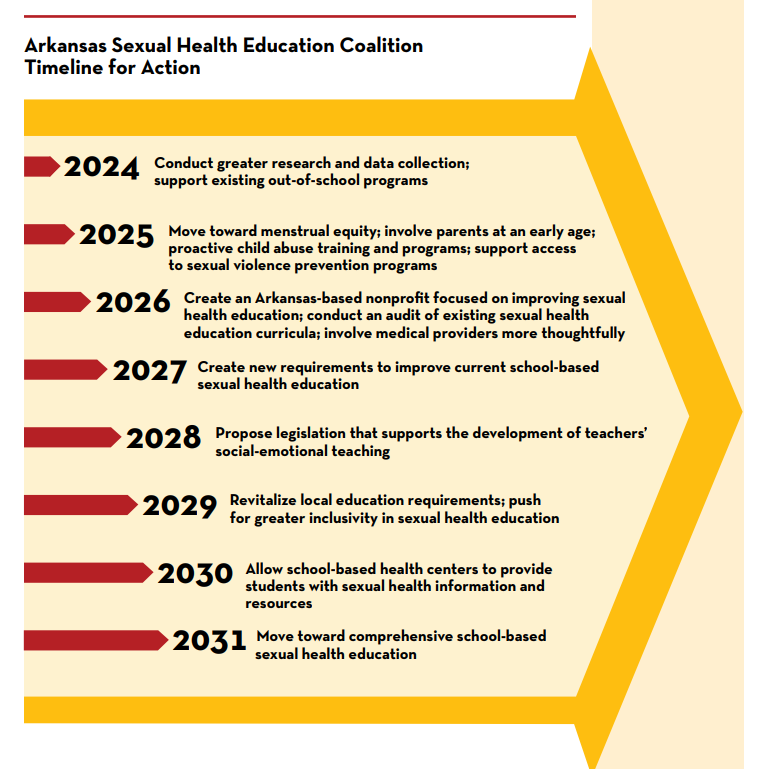
Every year, we share the national 2024 KIDS COUNT® Data Book rankings that indicate how we’re doing in child well-being, and just about every year, Arkansans respond with a disappointed sigh. This year was no different. We’re 45th.
It’s ok to respond with a sigh. That number calls for it. What we can’t do is shrug. We can’t just look the other way, resigned to the ranking as if nothing can be done.
So, what can we do to change it? We can work together to change public policy, improving outcomes for children and families along the way.
Here’s a good example: our KIDS COUNT® ranking in teen births. We’re 49th, meaning we have the second-highest teen birth rate in the country, just behind Mississippi. For more than a decade, we’ve been either 50th or 49th. And it’s not because teenagers in Arkansas are having more sex. Surveys have shown that teenagers here are – no surprise – no different than they are anywhere. What is different is that they use contraceptives less and have less access to medically accurate sex education.
This has resulted in a teen birth rate five times higher than the best-ranked states. The state with the lowest teen birth rate, New Hampshire, has a rate of 5 births per 1,000 girls and young women 15-19. Arkansas’s rate is 25 per 1,000.

These numbers don’t just affect the teenagers who have children before they’re ready. The teen birth rate keeps our child poverty rate higher, because babies born to teen parents are most often starting life in families with very low incomes. This also contributes to our higher infant mortality rate (third highest in the country) and our maternal mortality rate (highest in the nation).
If we were to really get serious – and not just sigh and shrug – about our teen birth rate, we should look to see what’s working in other states. When we do that, one big thing stands out: sexual health education. We don’t require it in Arkansas, and the states with the lowest teen birth rates do.
To move from frustration and worry to actually doing something, Arkansas Advocates convened a coalition of organizations over the past year to look at how we could get more resources – both information and access to contraceptives – to young people. The coalition’s work resulted in “A Blueprint for the Future,” a set of recommendations that over the next decade could get us closer to reducing teen births and child poverty.

You can read the report that describes the coalition’s findings and outlines its recommendations here.
Do you want to join us in this work? Let us know at connect@aradvocates.org.
Meanwhile, here’s an overview of the recommendations.
